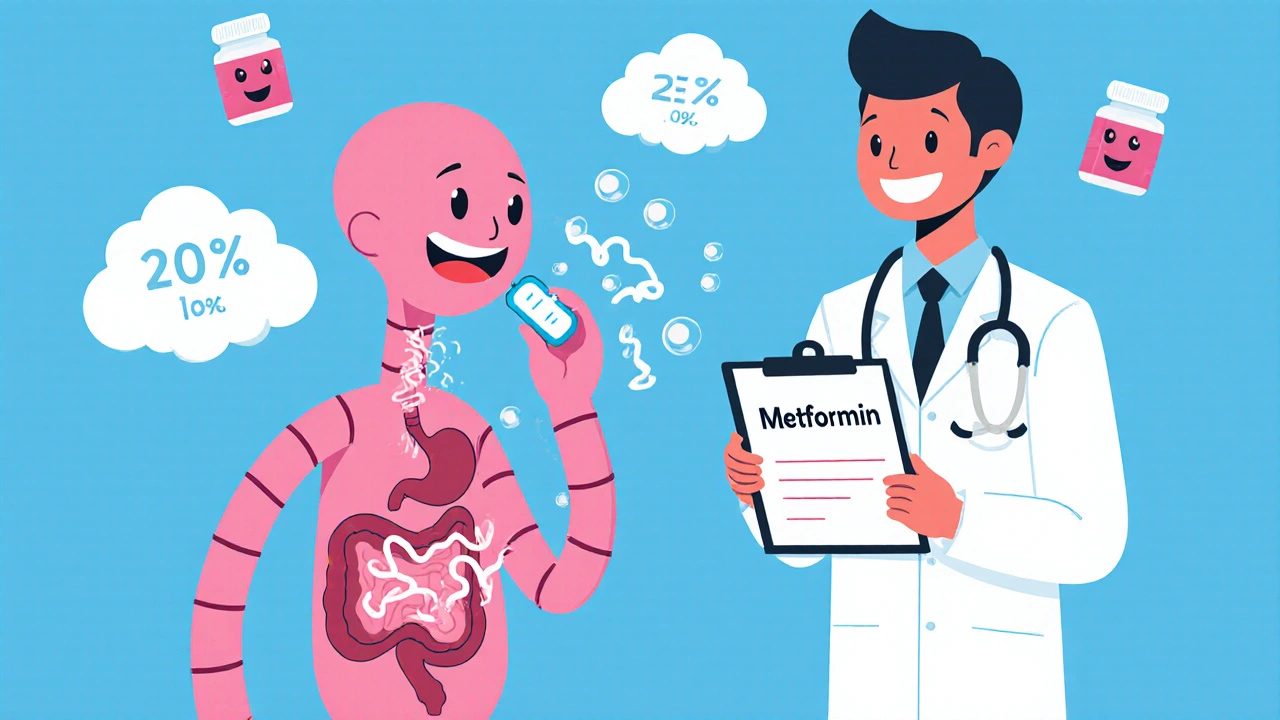Drug Side Effects
When dealing with drug side effects, unwanted reactions that occur after taking medication. Also known as medication side effects, you’ll also encounter adverse drug reactions, the body’s harmful response to a drug and drug interactions, how one drug changes the effect of another. Understanding these pieces is essential for medication safety, preventing harm and ensuring therapeutic benefit. Recognizing patterns early can save health, money, and time. Drug side effects are more common than most people think, and they affect everyone from teens to seniors.
Why Knowing the Details Matters
Side effects come in many flavors. Some affect the stomach, causing nausea or diarrhea; others hit the brain with dizziness or headache. These categories show that drug side effects encompass adverse drug reactions across organ systems. When a medication triggers a rash, for example, it signals the immune system reacting. If the same drug also lowers blood pressure, you’re seeing a multi‑system response that requires careful monitoring. The key is to match the symptom with the drug’s known profile, so you can decide whether to adjust the dose, switch meds, or simply watch.
Reporting is a powerful tool. Health agencies collect millions of reports every year, turning individual experiences into big‑picture safety data. When you tell your doctor or pharmacist about a new symptom, you’re feeding that database. This feedback loop helps regulators flag risky products and push manufacturers to improve labeling. In practice, it means fewer surprises for future patients and often a quicker response from your care team.
Managing side effects isn’t about quitting medication immediately. Often, simple steps can make a big difference. Taking pills with food can reduce stomach upset, while staying hydrated can ease dry mouth caused by antihistamines. If a drug makes you drowsy, scheduling the dose at night can improve daytime alertness. Adjusting timing, splitting the dose, or adding a protective agent (like a proton‑pump inhibitor for NSAIDs) are common strategies that keep the therapeutic benefit while limiting discomfort.
Special groups need extra attention. Older adults often have reduced kidney function, so drugs cleared by the kidneys can build up and cause stronger side effects. Children’s metabolic pathways differ, meaning a dose that’s safe for an adult might be too high for a youngster. Pregnant or breastfeeding individuals also face unique risks; some medicines cross the placenta or enter breast milk, affecting the baby. Tailoring therapy to these populations reduces the chance of serious adverse reactions.
Technology is making side‑effect management easier. Mobile apps let you log symptoms in real time, generate charts, and share the data directly with your clinician. Some pharmacies offer automated alerts when a new prescription is added that could interact with your current regimen. These tools turn vague feelings into concrete data, helping both you and your doctor make informed decisions quickly.
Below you’ll find a curated set of articles that dive deeper into specific drugs, comparison guides, and practical tips. Whether you’re looking for a quick overview of common gastrointestinal reactions or need detailed advice on navigating drug‑interaction alerts, the collection is organized to give you actionable insights right away.

Difference Between Medication Side Effects and Allergic Drug Reactions
Haig Sandavol Nov 29 10Learn the critical difference between medication side effects and true allergic drug reactions. Discover why mislabeling them can lead to dangerous treatments, higher costs, and unnecessary risks-and how to get it right.
More Detail
Amantadine vs Alternatives: Antiviral and Parkinson’s Drug Comparison
Haig Sandavol Sep 25 14Explore how Amantadine stacks up against antivirals and Parkinson's drugs. Get mechanisms, dosing, side‑effects, and real‑world tips in one guide.
More Detail